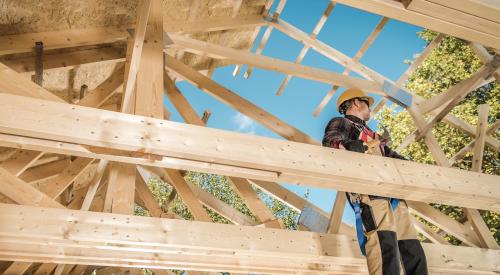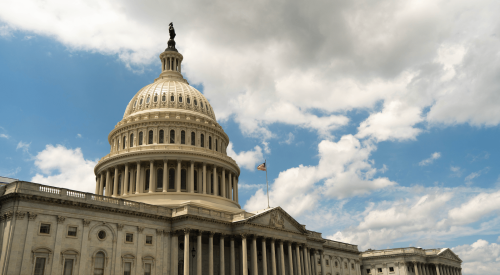Regulations, while often noble in purpose, can be excessive, redundant, or poorly structured. Often, they impose tremendous costs that slow economic activity and harm consumers. A new study by economists at the National Association of Home Builders (NAHB) highlights the cost of regulation to the residential construction industry.
The study found that regulations imposed by all levels of government account for $93,870, or 23.8%, of the current average sales price ($394,300) of a new single-family home. The regulatory costs assessed in the study were broken into costs related to land development and to construction. Of the $93,870 figure, $41,330 is attributable to regulation during development, and $52,540 to regulation during construction.
Overregulation is exacerbating the nation’s housing affordability crisis. Policymakers should take bold steps to reduce or eliminate excessive, poorly designed regulations to help builders increase the production of quality, affordable housing to meet growing market demand.
RELATED
- A Problem in Common: Balancing Regulations With Environmental Stewardship
- NAHB Housing Policy Briefing: How Excessive Design Standards Hurt Affordability
- Solving the Housing Affordability Crisis Requires Reshaping Public Policy
The study builds on analysis by NAHB economists conducted in 2016 and 2011. The only variation in methodology from earlier studies is that the new version includes separate surveys of land developers and of single-family builders. To capture the cost of regulation imposed during development, NAHB surveyed members that develop single-family lots and sell them to builders. The NAHB also included special questions on the survey for single-family builders on the March 2021 NAHB/Wells Fargo Housing Market Index.
Regulations imposed by all levels of government account for $93,870, or 23.8%, of the current average sales price of a new single-family home.
However, the regulation study did not take into account the impact of rising lumber and other material prices on housing costs during the past 12 months. Another NAHB report completed last month shows rising lumber prices have soared more than 300% since April 2020 and have added $35,872 to the price of a typical new home. This figure is on top of the $93,870 cost added by regulations.
The new regulatory cost estimates are similar to the 2016 study, but the price of new homes has increased substantially over the last five years. When applying these percentages to Census data on new-home prices, regulatory costs on an average home built for sale rose 10.9% from $84,671 in 2016 during the five-year span between NAHB’s estimates.
NAHB isn’t arguing that all regulation is bad or should be eliminated. The study simply demonstrates that residential construction is heavily regulated and subject to complex, overlapping rules imposed by federal, state, and local authorities. In such a climate, having a numerical estimate and a dollar figure assigned to the effect of regulation is useful. Amid a worsening housing affordability crisis, policymakers should be mindful about the cost of regulation when contemplating new policies or changes to existing ones.
Regulatory costs don’t exist in a vacuum; they affect thousands of small businesses and millions of consumers. NAHB encourages lawmakers to consider approaches that provide flexibility to achieve the desired outcome under various circumstances. Rules that acknowledge market forces and encourage innovation are most likely to meet society’s goals of a cleaner environment, safer workplaces, and competitive markets. To see the full study on the cost of regulation, visit eyeonhousing.org/special-studies.
W2W4 at NAHB
• Tell NAHB how you have been affected by the rising costs and limited supplies of lumber. Submit photos, videos, or written testimonial to help us show policymakers the impact on builders and homebuyers. Visit nahb.org/lumber
• The Horizon TV video series includes the NAHB’s industry overview, housing market forecasts, and legislation that could affect residential construction. The segments are available at horizontvweb.com and on nahb.org













